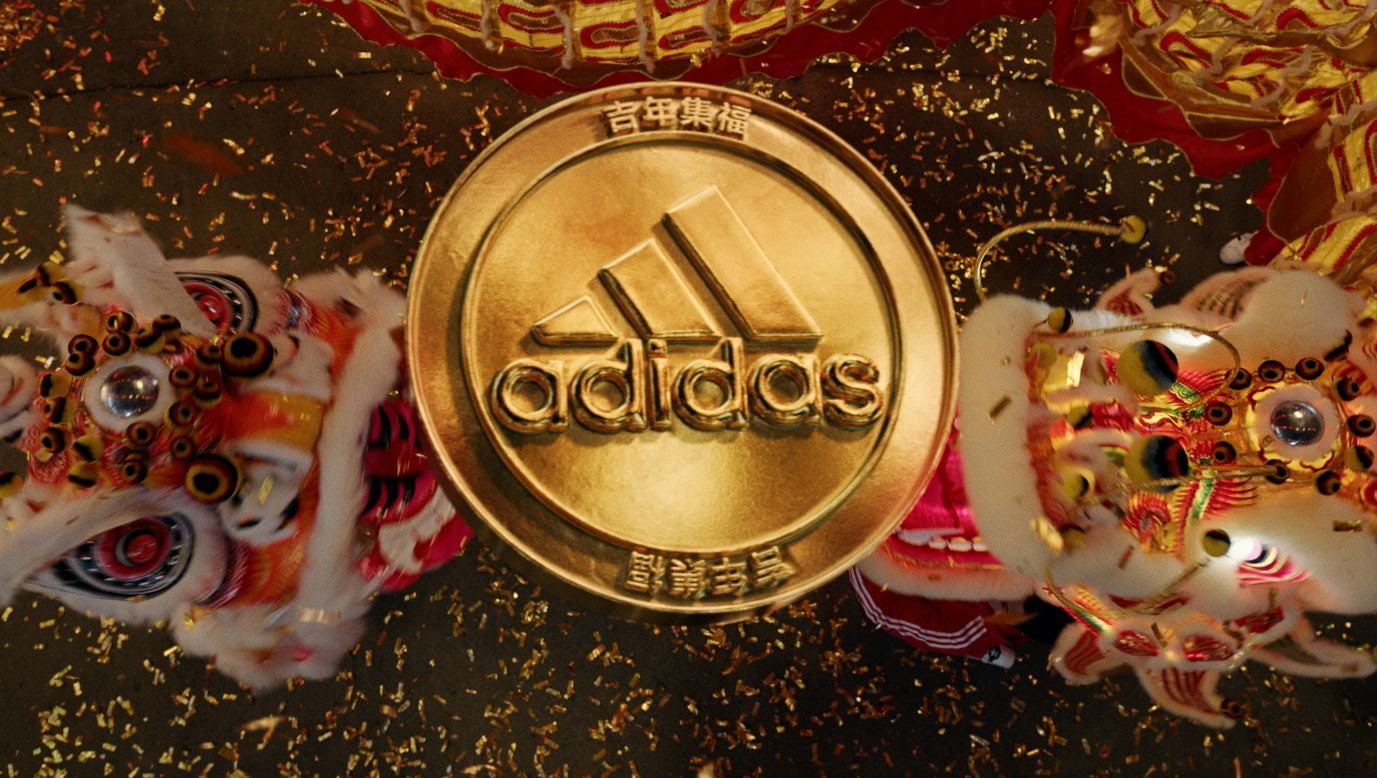This post originally appeared on Content Commerce Insider, our sister publication on branded entertainment.
As the biggest holiday on the Chinese calendar, the Lunar New Year (also known as the Spring Festival) is a major time for brands to cement their relationships with consumers with major marketing campaigns that reflect social traditions both old and new — from limited-edition products splashed in the lucky color red and incorporating the year’s zodiac animal motifs and content that explores the themes of family gatherings to digital cash giveaways and casual games created especially for the holiday.
As usual, every year marketers seem determined to outdo previous efforts through a dizzying array of creative and entertaining campaigns. This year, many brands are joining consumers to reflect on the whirlwind Year of the Rat that is coming to a close, with China shutting down due to the coronavirus pandemic on the eve of the last Lunar New Year and seeing a fairly full resumption of normal life for most of the latter half of the year, followed by the recent emergence of clusters of Covid-19 cases around the country that have threatened this year’s celebrations.
The extra leisure time and family-centered hospitality that accompany the holiday will drive consumption well into February, with the value of sales during the key “golden week” (January 24-30) forecast at around RMB 1.1 trillion (160 billion). However, spending growth has been on the decline amid the more general slowdown in China’s economic growth — last year’s robust-sounding 8.5% increase in year-on-year retail sales was the first year of single-digit growth since the government began releasing data on the holiday in 2005 — which means that brands must compete more heavily to win consumers’ wallets. Below, we share some of the key trends of this holiday season, most of which will continue to have an impact throughout the year and beyond.
1. Support for Staying Home#
The Spring Festival holiday period is also typically known as the world’s largest annual human migration, with as many as 3 billion trips made during a span of nearly six weeks surrounding the Lunar New Year, which falls on February 12 this year. For many of China’s roughly 300 million migrant workers, it is the only time they get to see their families.
But following a recent uptick in reported Covid-19 cases in various parts of the country, authorities at the central and local levels have called on citizens to give up their holiday plans and stay home. Some cities and neighborhoods where cases have been reported have been placed under lockdown, while the central government announced that travelers to rural areas would be required to undergo a two-week quarantine afterwards. Local officials are also offering financial incentives to keep people from traveling and encouraging or subsidizing businesses that keep employees on the job with overtime during this time.
Already, travel is down sharply. On January 28, the official first day of the holiday period, Chinese airlines cancelled more than half of their flights, while Bloomberg reported a 75% decline in trips this past Saturday compared to 2019 and 2020 levels. As a result of more people staying home, there is also expected to be less spending on dining out, entertainment, tourism, and gifts.
However, with bonuses in hand and nowhere to go, we may see increased consumption of personal goods, especially via digital channels, as housebound citizens seek to treat themselves during the two-week-long holiday period, and brands are scrambling to meet demand for “new” New Year’s goods such as meal kits, themed outfits for pets, and low-calorie wine. Consumers may also seek out hometown products online and nostalgia marketing can be especially impactful during this time.
The government is also encouraging TV networks and online content platforms to boost their offerings for the holiday, specifically requesting that video streaming platforms offer free limited-time subscriptions or movie screenings to help keep people entertained at home.
IQiyi#
is answering that call by offering free premium content to viewers in Beijing and nearby Hebei province, while the Bytedance-owned
Xigua Video#
will have the exclusive release of last year’s patriotic box-office hit “My People, My Homeland” (我和我的家乡) available free of charge.
2. Brands Exploit the Bovine Connection#
Brands that can boast a connection to cows have a natural advantage in marketing for the Year of the Ox, and top dairy producers such as
Mengniu#
are exploiting that to its fullest on multiple fronts. Mengniu launched one campaign together with the energy drink brand
Red Bull#
to promote a co-branded gift box, with a humorous and inspiring film starring the mascots of both brands. Mengniu also announced idol Xiao Zhan as its newest brand ambassador, partnered with retired League of Legends gaming legend Uzi, and released a film that celebrates the “cow spirit of Chinese in various cities across the country (in addition to meaning “cow” and “ox,” the Chinese word niu, 牛, is also slang for “excellent” and “awesome”).
Brands are also creating their own bovine IP, such as in
Gucci#
’s collaboration with Doraemon, which sees the Japanese robot cat reimagined as an ox by Gucci creative director Alessandro Michele.
Burberry#
continued in the vein of last year’s Ratberry mobile game with a new game that encourages players to upgrade their creature from deer to sheep to cow by accumulating points for their social activity.
3. Brand Films That Resonate#
The Lunar New Year typically sees an enormous outpouring of brand films designed to spread goodwill among consumers. Releasing short films is a tried and tested way for brands to connect with Chinese consumers in celebrating the country’s biggest holiday, and nowadays the competition is fierce to recruit top directors, A-list celebrities, and screenwriters to create compelling narratives.
This year many brands are taking note of the challenging circumstances surrounding what is typically a time for family reunions by speaking directly to consumers in the language of resilience and hope.
Alipay#
’s “Expectation” (望) exaggerates the sense of distance that some may feel this year by showing a rural father attempting to get in touch with his astronaut son, while
JD.com#
enlisted director Lu Chuan to pay tribute to those who cannot spend time with their families because they will be working.
Later this month CCI will feature a wrap-up of these and other favorites from the holiday season, so stay tuned for more.


